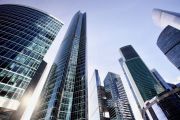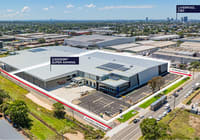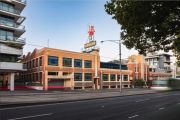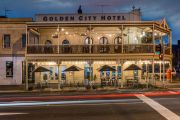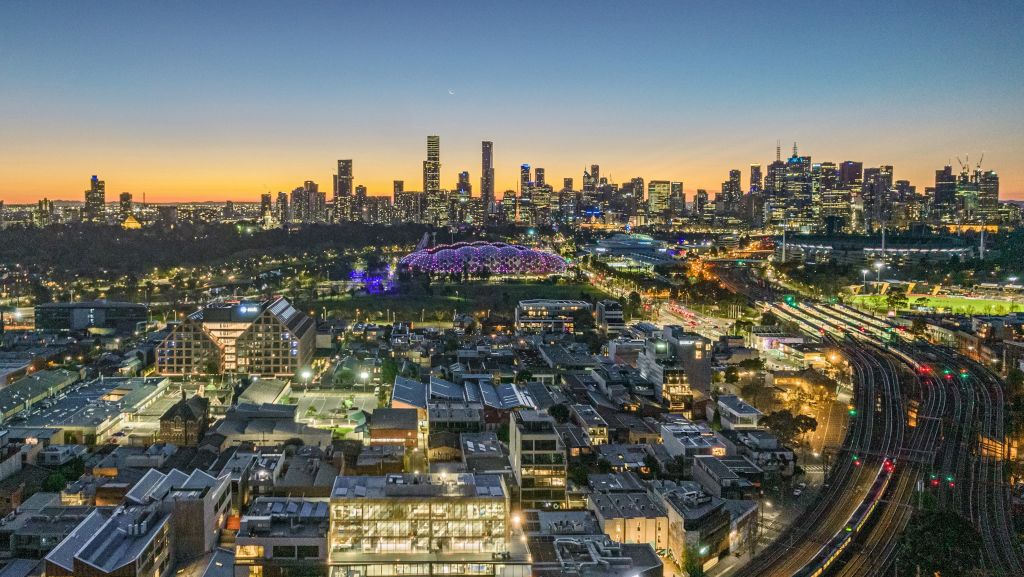
Nightingale building gets $517,000 ‘social value’ boost
Could your building be worth more because people talk to each other in it? Hayball’s Melbourne apartment tower CRT + YRD – a 39-unit building – has created an extra $85,000 in so-called social value from the increased interactions nearly two-thirds of residents count compared with their previous homes.
The building in inner-northern Brunswick’s Nightingale Village also generates an extra $61,000 in value because construction and materials used keep out the sounds of planes, trains or other forms of noise pollution.
And design features such as the central courtyard creating visual connections and open sight lines to apartment doorways, communal laundry and other spaces that made 41 per cent of residents feel safer after moving to the building carried a value of nearly $367,000.
The extra annual $517,000 in value, as measured by Australian Social Value Bank – a not-for-profit consultancy – is a challenge to traditional ways of valuing built assets, but there’s a growing demand to measure wellbeing benefits to individuals and more widely to communities of developments.
“The social value of design relies on the level of wellbeing produced as a result – this can be through designing healthier, more active and safer communities as well as consideration of ethical procurement of supply chains and embedded resilient and environmentally sustainable practices,” Hayball co-managing principal Tom Jordan said.
“Furthering this research in Australia directly correlates to our vision to create socially and sustainably responsive design for our users.”
It’s a newer concept in Australia, but in the UK, where legislation passed in 2012 requires projects to calculate social value, the notion has become increasingly accepted – and expected in public procurement tenders. An industry report published last month found that 500 completed construction projects across the UK with a collective value of £4.57 billion, generated £1.08 billion in social value.
It’s to not only reduce what economists call negative “externalities”, or side effects, but to consider the wider community as well.
Language around social value is growing. Lendlease says it aims to create $250 million-worth of social value by 2025. Stockland said in 2018 its now-divested retirement living portfolio created $1.66 in social value for every $1 invested.
There is now the need for some rigor and consistency around it.
Hayball’s Sarah Buckeridge on the concept of social value
In 2019, Mirvac said it created $10 million in social value across 27 projects through open spaces, enhanced connectivity and engagement activities that cut crime-related costs such as property loss, medical expenses, prevention and law enforcement.
First flagged in last year’s October budget, federal Treasury will later this year publish a Measuring What Matters statement, the country’s first national framework on wellbeing, as part of a push to track a broader suite of measures than traditional economic indicators such as gross domestic product and unemployment.
But establishing common standards that prevent the equivalent of greenwashing is a different matter.
“There is now the need for some rigor and consistency around it, particularly if it’s going to form an important part of procurement for large projects,” Hayball co-managing principal Sarah Buckeridge said.
“It will help everyone if there’s more consistency in terms of how these things are measured.”
It’s already part of Australian tender documents. Victoria’s 2026 Commonwealth Games housing tender documents published in May – and subsequently tweaked after the state government cancelled hosting the tournament – said “social procurement” objectives made up 5 per cent of overall tender evaluation.
But there’s little clarity about such requirements, said Paul Viney, the Association of Consulting Architects Victoria and Tasmania president and national vice president.
“The criteria are very unclear,” Mr Viney said. “It means very different things to different people.”
Social value could be classed as benefits flowing from specific designs or even as the result of corporate social responsibility activities individual companies undertook and clarity was needed by government clients, he said.
“There are a number of ways you can follow this path, but no indication at all that says ‘This is the way we want you to go and this is how we’ll assess you relative to others’.”



